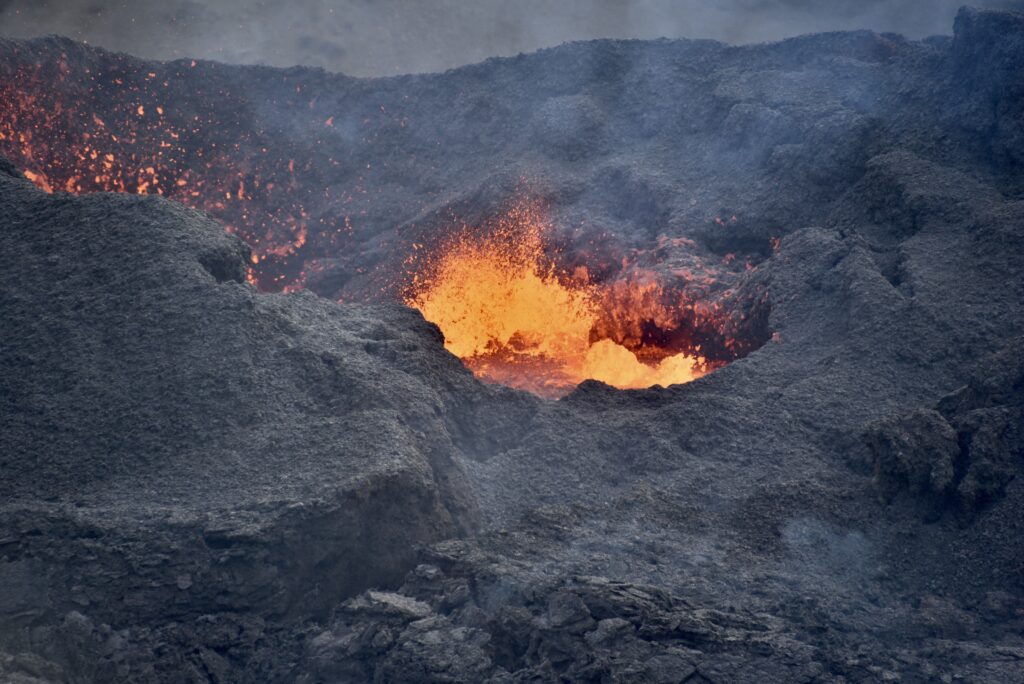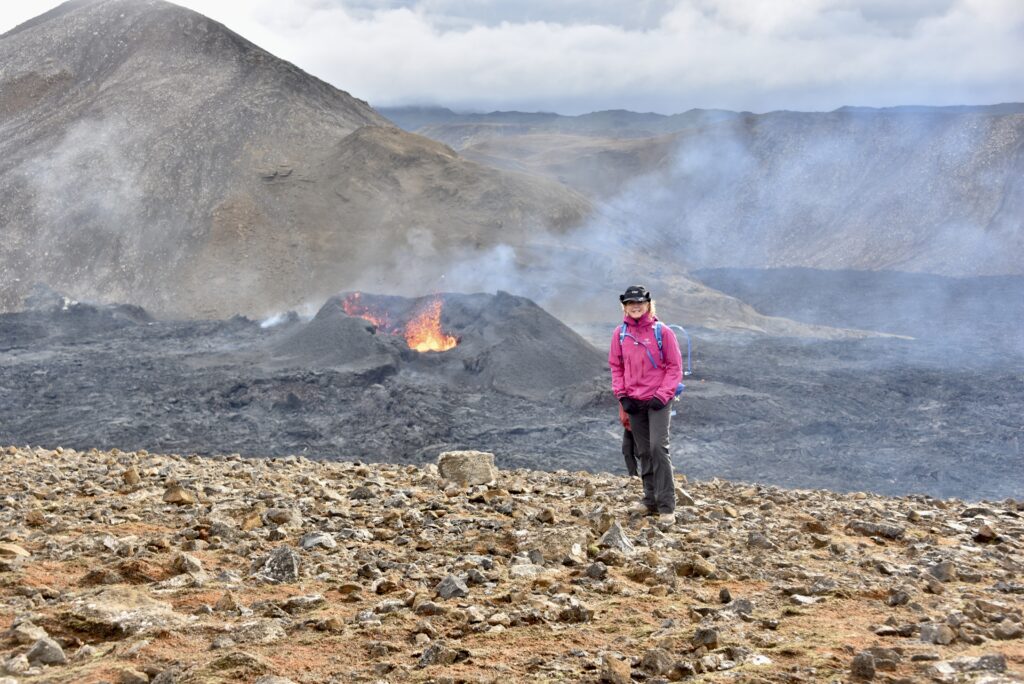Hemophilia in the Land of Fire and Ice
We’re noticing a lot of news about gene therapy lately, with promises it will soon be commercially available for those with hemophilia B. We will see! In the meantime, genetic testing has been on my mind, especially as I flew to Iceland this past weekend. Iceland has been called the perfect genetic laboratory, but not because it has a population of little more than 366,000 people. Or, as one handsome Icelandic man told me last night in a pub, “Can you imagine dating at my age in such a small population?”
Iceland was settled by a small group of Norwegians around AD 900. The country was isolated for the next thousand years and has experienced little immigration. And the Icelanders kept excellent genealogies of their families, meaning we can trace back family lineages for, in some cases, thousands of years. Altogether, Icelanders have a relatively low level of genetic diversity, making it easier for scientists to detect genetic markers. I found one source that said two Icelandic families with a history of breast cancer can be traced back to a common ancestor born in 1711!

A third or more of the population has donated a DNA sample, to track familiar connections. This is important if you have a genetic disorder or disease, and want to get married. And if you don’t want to marry a relative!
With a population of only 366,000, there are 67 known people with hemophilia A—of which 47 are mild! Only 13 are severe. There is only one person known to have hemophilia B. Hard to imagine a country with so few people with hemophilia. The good news is that of course, they are well known, registered with the treatment center, and all receive excellent treatment. Iceland has socialized medicine (but don’t forget a 31-46% income tax rate).
From the Icelandic Hemophilia Society website, all people with severe hemophilia receive prophylactic home therapy. Others receive on-demand treatment. Recombinant factors have been used for hemophilia A and B since 1998, and since then, plasma-derived has not been used.
The Icelandic Hemophilia Society was established in 1977, to guard the interests of people with hemophilia, and to provide information and consultation to patients and their families. The board consists of 5 members, elected every second year except the chairman, who is elected every year. The current chairman is Birgir Orn Steingrimsson. All board members and staff work as volunteers.

The Icelandic Hemophilia Society is a member of the World Federation of Hemophilia, and the European Hemophilia Consortium.
Iceland is an amazingly beautiful country of cold and strong winds, though with a rather mild climate year round. It’s a land of volcanos, and I was fortunate enough to see the
Fagradalsfjall volcano as it was erupting. No volcanic eruption had occurred for 815 years on the Reykjanes Peninsula—where Fagradalsfjall is located—until March 19, 2021 when a vent opened in Geldingadalir, south of the Fagradalsfjall mountain. Lava flowed freely and dramatically until September 18, 2021. This eruption is considered unique among the volcanoes monitored in Iceland.
I arrived this past Friday, August 18, at 4 am, while my friends back in Boston slept. With me was Trista Blanchard, a hemophilia colleague who I had only met once before at an NHF event several years ago, and who, two days later, became a dear friend. By 6 am, Trista and I were hiking up 4.5 miles to the volcano. We sat on the damp ground, marveling at the volcano’s ferocity, its expression. It roared as it spewed out molten rocks. This is what the beginning of earth must have been like, and we both felt like momentary and forgettable blips in the history of the planet. But happy blips: we felt privileged to witness this stunning geological upheaval. All around us for miles was undulating hardened black basalt, the result of a lava flow that had happened only two weeks ago.
We returned later that day to Reykivik, the capital, and I thought about that one lone Icelander with hemophilia B, whoever he is. He’ll make history, hopefully in the next couple of years, as being the first person in Iceland to receive gene therapy, and hopefully be “cured,” whatever that will mean practically for hemophilia, and for him.

